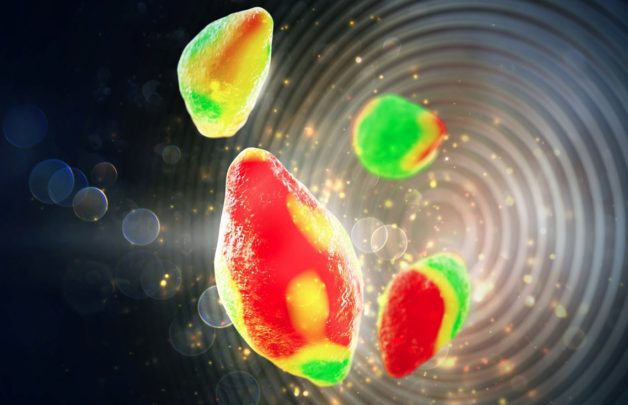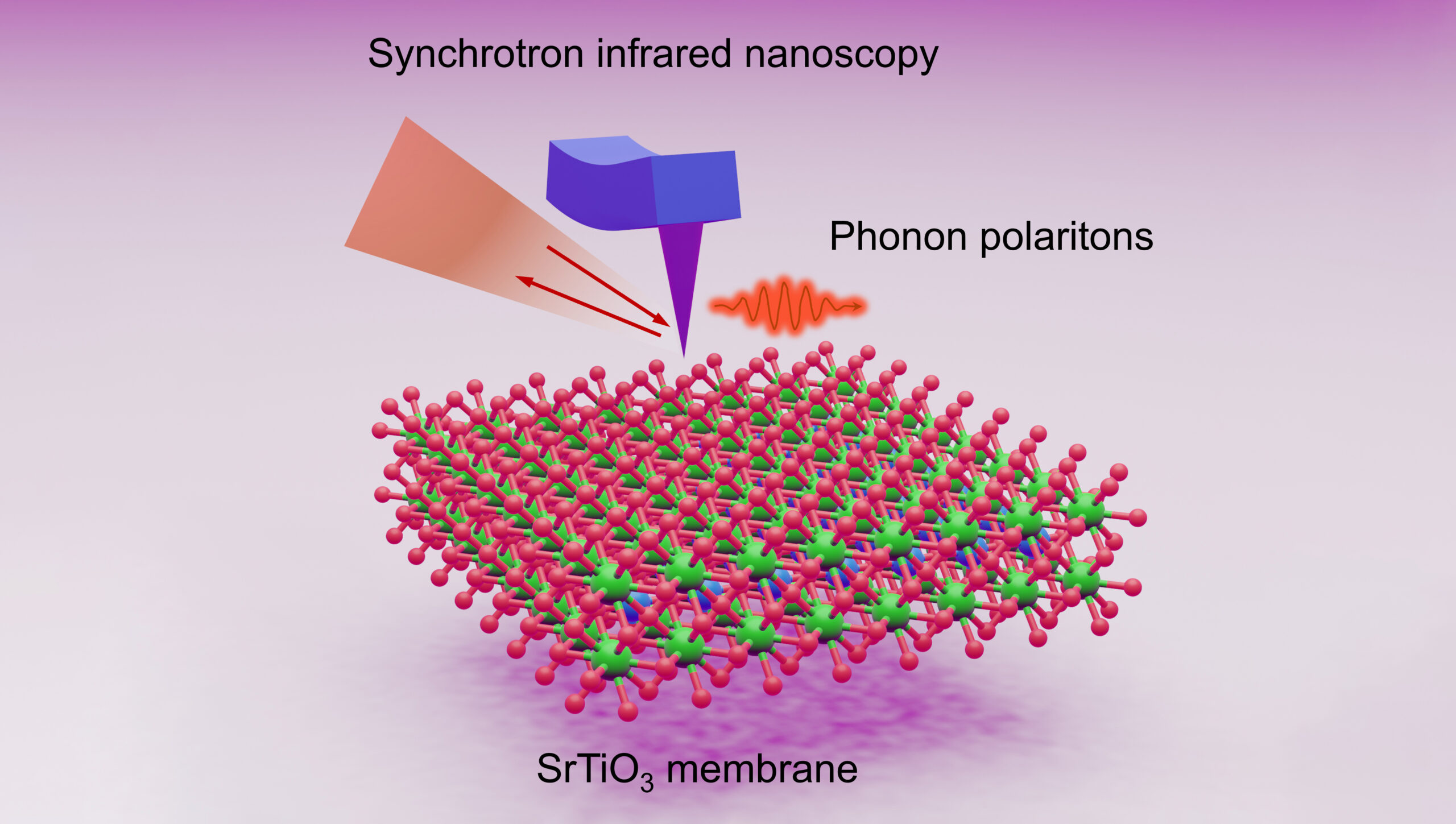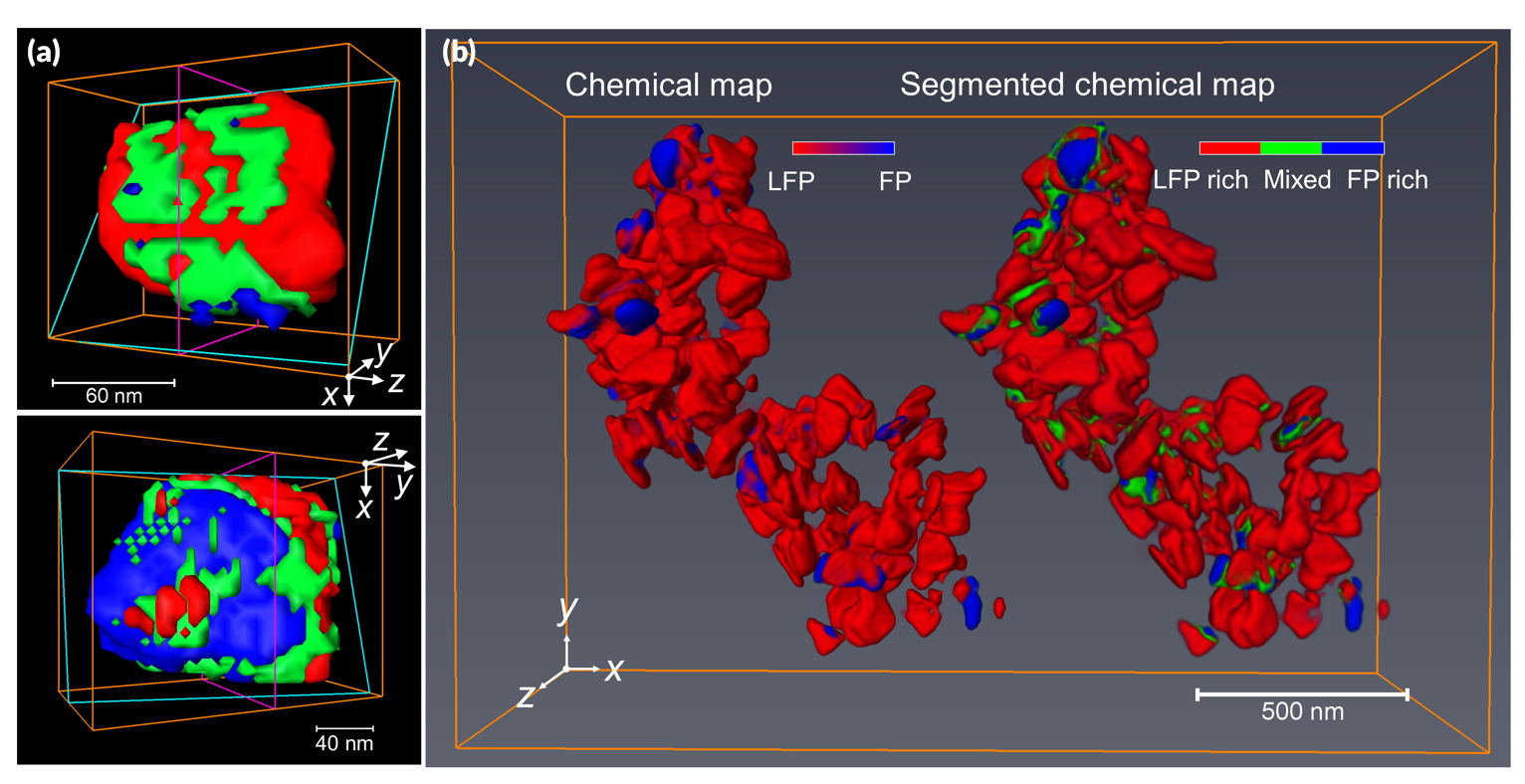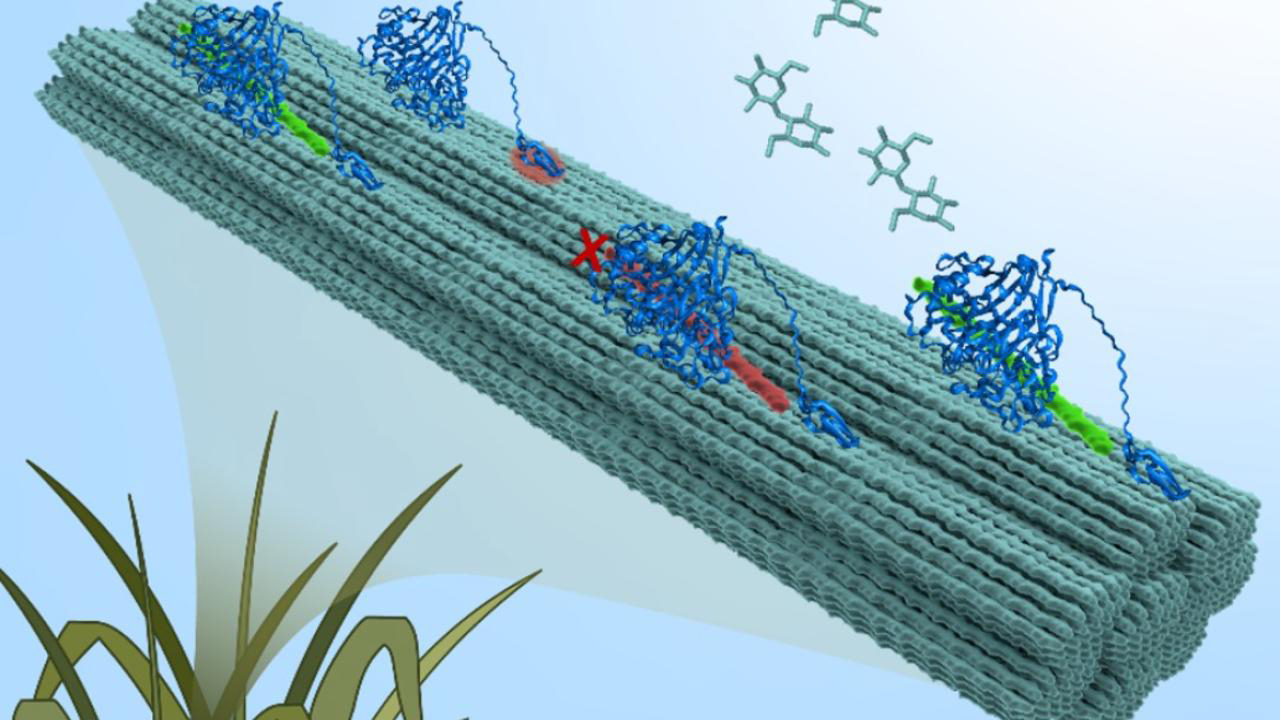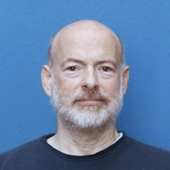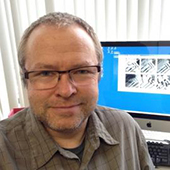The Microscopy Program operates four scanning microscopy beamlines at the ALS that offer a materials analysis capability to a diverse community of scientists. Our scanning microscopes operate with 30 nm spatial resolution in conventional imaging mode and as high as 5 nm with ptychographic imaging. This spatial resolution is readily coupled with various environmental sample cells (e.g. electrochemical, heating, fluid flow, cryo, and tomography). The x-ray spectrum of our beamlines span 200 to 2500 eV, allowing for chemical analysis using the absorption K-edges of light elements, L-edges of transition metals, and M/N-edges of heavy elements. X-ray spectromicroscopy at these energies allows, for instance, quantitative nanoscale mapping of oxidation states in transition metals or, when circular polarization is used, the structure of nanoscale magnetic domains. Our community of users includes researchers from energy, materials, life, and earth sciences.
The Infrared (IR) Program manages and operates three infrared beamlines at the ALS to analyze a variety of hard- and soft-matter materials at the micro- and nanoscale. Synchrotron IR radiation spans the far-, mid-, and near-IR and is 100–1000 times brighter than a conventional thermal source, enabling broadband spectroscopic imaging with high signal-to-noise ratios at the diffraction limit (synchrotron IR micro-spectroscopy) and well beyond the diffraction limit (synchrotron IR nano-spectroscopy). By probing molecular and lattice vibrations, low-energy electronic excitations, and related collective plasmon and phonon resonances, the high spatial resolution of synchrotron IR spectroscopy enables measurements of heterogeneity in engineered and natural/living samples found in materials science, physics, chemistry, environmental science, biology, and medicine. Our IR micro-spectroscopy endstations have a wavelength-dependent spatial resolution of 2–10 µm in the mid-IR range, and our IR nano-spectroscopy endstations have a wavelength-independent spatial resolution of less than 25 nm. For more information, see the Infrared Program site.
Beamlines
- Beamline 5.3.2.1 — Scanning Transmission X-Ray Microscopy (STXM)
- Beamline 5.3.2.2 — Polymer Scanning Transmission X-Ray Microscopy (STXM)
- Beamline 7.0.1.2 — COSMIC Imaging
- Beamline 11.0.2 — Molecular Environmental Science
- Beamline 1.4 — Infrared Microspectroscopy
- Beamline 2.4 — Synchrotron Infrared Nanospectroscopy (SINS) and Imaging
- Beamline 5.4 — Synchrotron Infrared Nanospectroscopy (SINS) and Microspectroscopy
Personnel
ALS Staff
Doctoral Researchers
Gwendylan Turner
Graduate Student (2024-2025), Purdue University
Postdoctoral Researchers
Zixuan Li
Postdoctoral Researcher (2022-2025)Edwin Rivas Meraz
ALS Collaborative Postdoctoral Fellow (2025-2026), University of Minnesota
X-ray microscopy of environmental systemsJayden Plumb
Postdoctoral Researcher (2024-2025), UC Berkeley
X-ray nanotomographyXiao Zhao
Postdoctoral Researcher (2023-2025), Stanford University
Operando x-ray microscopy of energy materials
